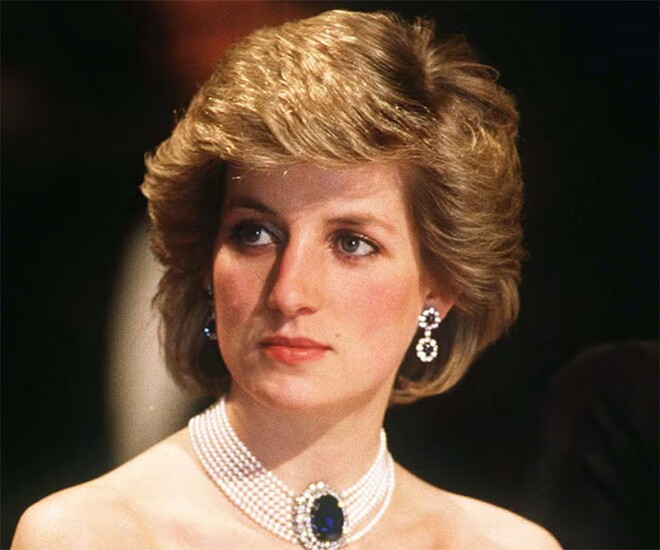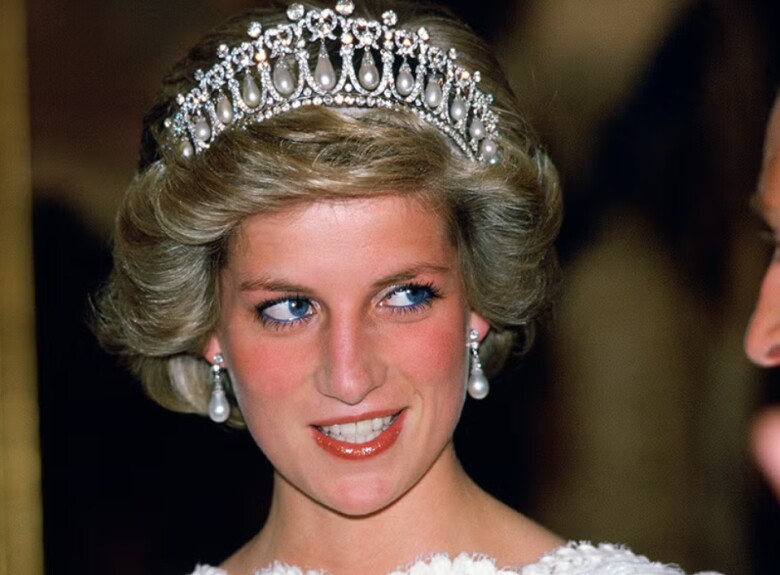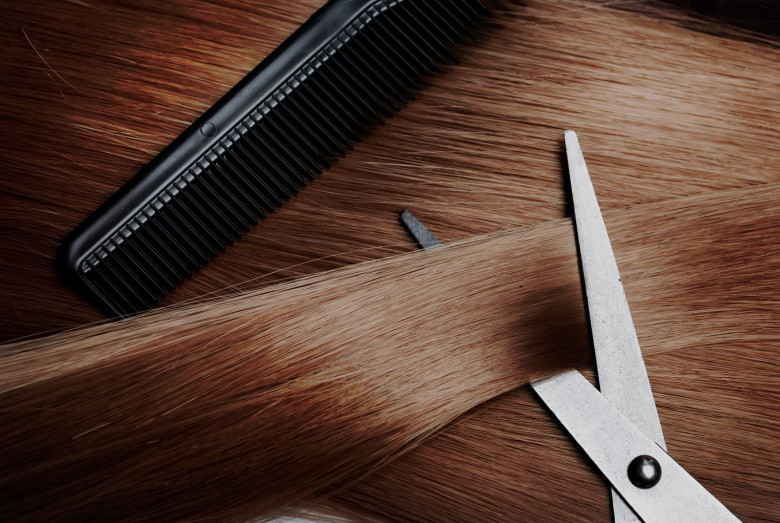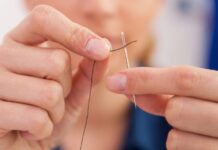
Princess Diana’s hairstyle remains an iconic look for many.
The Secret Behind Princess Diana’s Legendary Pixie Cut
Princess Diana’s golden pixie cut took the world by storm and became one of her most enduring beauty trademarks. The carefully layered, feather-light strands not only exuded elegance but also helped define her unique sense of style. Little did people know that the creation of this legendary hairstyle held a fascinating secret.
Richard Dalton, Princess Diana’s personal hairstylist, revealed that prior to her trip to Africa, Diana desired to cut her shoulder-length hair short. However, any slight alteration to her appearance instantly became a media sensation. To avoid attracting attention, Dalton devised a strategy of “gradual haircutting”: trimming only about 0.64 cm at a time. Over several weeks, Diana’s hair gradually shortened inconspicuously, eventually transforming into her signature pixie cut without anyone noticing the abrupt change.
This approach not only maintained her discreet public image but also resulted in a naturally layered hairstyle. The subtle technique unintentionally sparked a trend that many salons later emulated.

Diana’s secret to maintaining her gorgeous hair was regular trims.
In her daily life, Princess Diana was equally meticulous about her hair. Even during her travels to Africa, she ensured her hairstylist accompanied her to maintain her impeccable appearance. Diana once shared, “People expect to see Princess Diana, not a girl who has just come out of the gym. I don’t want to disappoint them.”
Her meticulous attention to detail and refined aesthetic sense transformed her pixie cut from just a hairstyle into a timeless style legacy.

This was also her trick to avoiding public attention when she wanted to change her hairstyle to a shorter one.
Why Women with Short Hair Should Get Regular Trims
Regular trims offer more benefits than just maintaining a neat hairstyle:
– Eliminate split ends: Cutting off damaged ends prevents further breakage and hair loss.
– Stimulate hair growth: Removing weak ends promotes healthier and stronger new growth.
– Maintain hair shape: Short hair tends to lose its shape, and regular trims help keep it styled and neat.
– Create volume: Trimming thin, weak ends make hair appear thicker and fuller.
– Preserve your style: For short hair, it’s recommended to cut every 4–6 weeks to maintain the initial shape.

Regular trims help short hair retain its shape and style for longer.
How Often Should You Get a Haircut?
On average, hair grows between 0.5 and 1.7 cm per month (or 6 to 20 cm per year). The rate of growth varies depending on age, gender, health, and hair type. For instance, straight hair tends to grow faster than curly hair, and hair growth is typically faster in summer than in autumn.
Therefore, the ideal haircut frequency will differ according to hair type and length:
– Shoulder-length hair: Cut every 2 months to get rid of split ends and maintain volume and shine.
– Long hair: Even if you’re growing your hair, trim it every 3 months to remove damaged ends.
– Thin hair: Prone to breakage, thin hair requires more frequent cuts, approximately every 4–8 weeks, to appear thicker.
– Curly/wavy hair: Trim every 3 months to ensure healthy, tangle-free curls.
– Chemically treated hair (colored or permed): Due to chemical exposure, cut every 6–12 weeks to prevent dryness and brittleness.































